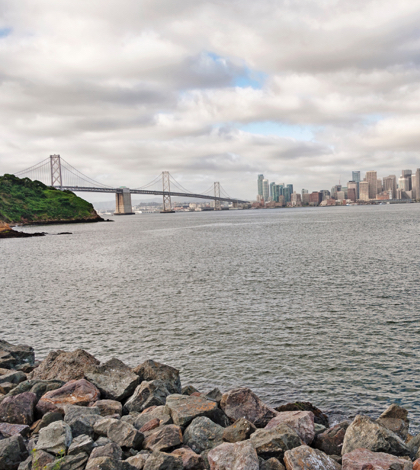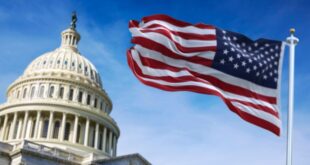In a first-ever, nine Bay Area county vote, Measure AA earned 69.3 percent in favor of funding wetlands restoration and flood control projects around the San Francisco Bay shoreline. The measure needed a two thirds majority of votes to pass.
David Lewis, executive director of Save the Bay, Oakland, referred to the significant voter approval as “a resounding victory for wildlife and people who want a health, beautiful bay for future generations.”
Measure AA is expected to raise an estimated $25 million a year for the next 20 years. The annual $12 tax proposed for each parcel of property in the Bay area will first be assessed July 1, 2017.
“This is an historic measure that shows that the region is unified about caring about the Bay, and about the environment for the future,” said Laura Tam, a sustainable development policy director at the Francisco-based urban planning think tank SPUR. “What it allows us to do is take a lot of the public lands that have been set aside for restoration and actually do the restoration work.”
The San Francisco Bay has lost much of its tidal marshland to the increasing population and building of the past two centuries. Homes, roads and other infrastructures are now susceptible to flooding due to the loss of tidal marshes along with unprotected wildlife populations are especially vulnerable.
The anticipated $25 million per year will allow the San Francisco Bay Restoration Authority (SFBRA) to distribute funds through grants aimed at improving water quality, restoring wildlife habitat and increasing public access along the shoreline. A vision for restoring 100,00 acres of marchland has been writing by Bay Area leaders. Erosion of the shoreline is threatened due to rising sea levels and buffer waves. Accelerating of the work was recently recommended by a state-wide analysis because of anticipated erosion.
SFBRA governing board is comprised of elected officials throughout the Bay area. Currently Mountain View Mayor Patricia Showalter and San Francisco City Supervisor Scott Wiener serve on the board.
Measure AA will raise roughly $500 million over the next 20 years. Measure AA’s passage was the result of nine counties coming together on one issue; it ranks as the largest environmental measure ever approved in the San Francisco Bay Area.
The measure was backed by numerous environmental groups including Save the Bay, the Audubon Society and the Nature Conservancy. Bay Area supporting businesses included PG&E, Google, Facebook along with business groups the Bay Area Council and the Silicon Valley Leadership Group. The only opponents aware to have been mostly homeowners and local taxpayer groups who felt it was unfair to charge inland homeowners the same rate as those living at the beaches or bayfront and large corporations.
Commonly, beachfront communities rely on tourism taxes to maintain beaches and bayfront properties. Derek Brockbank, executive director of the American Shore and Beach Preservation Association, acknowledged that San Francisco Bay is different.
“The Bay Area is certainly a leading area for environmental awareness, so it doesn’t really surprise me that they would be one of the first areas to take this kind of approach,” Brockbank said.
“It was interesting to see how they’re looking at it as a property tax, as opposed to a tourism tax,” Brockbank said. “Protecting the bay is a critical economic interest for a myriad of reasons — not just a benefit for the tourism industry.”
Lewis of Save the Bay, applauded Bay Area voters saying, “I think it’s the largest and best example of a region coming together in support of natural adaptation to climate change and sea level rise. Wetland restoration is one of the best ways we can protect the shoreline from rising seas and heavy storms.”
 California Water News Daily Your Source For Water News in California
California Water News Daily Your Source For Water News in California


